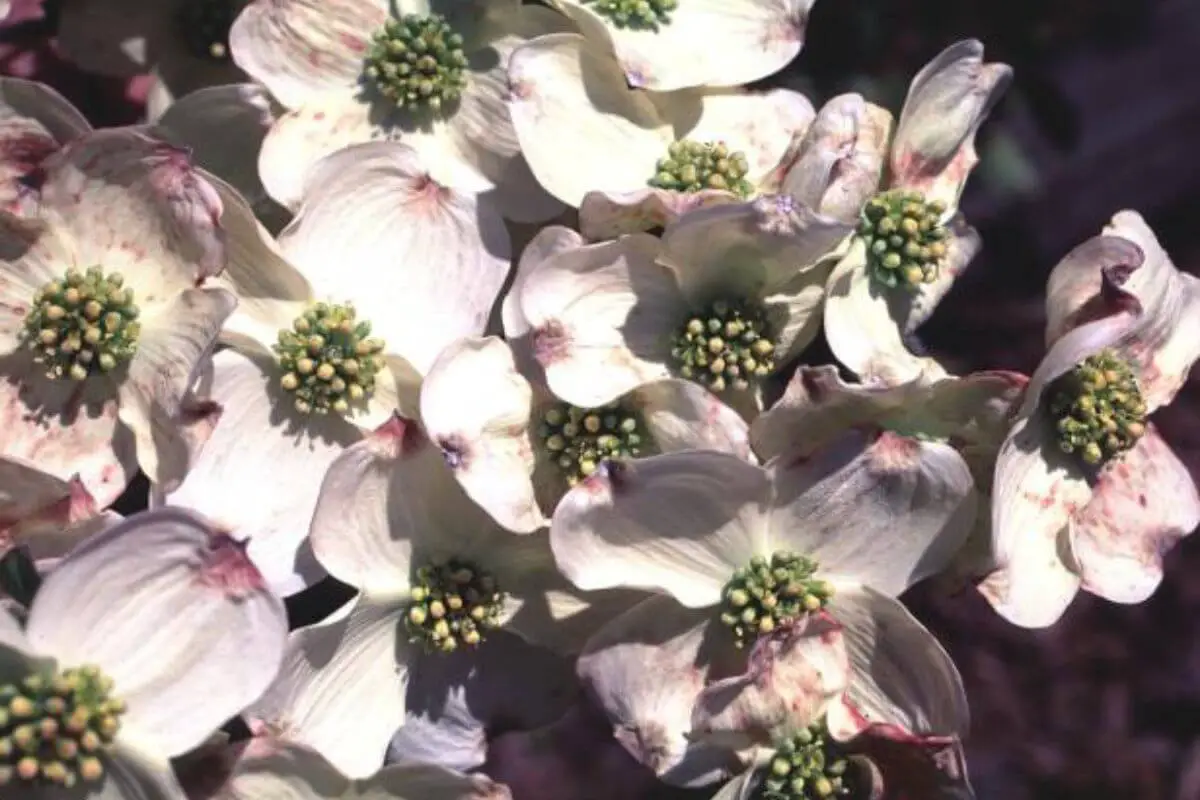Introduction
Ornamental trees are the jewels of a garden, adding beauty and character to outdoor spaces. Among the top choices for ornamental trees, Serviceberry and Dogwood stand out for their exceptional charm. Both trees offer unique features that can enhance the aesthetics of your landscape. In this comprehensive comparison, we will explore the key differences between Serviceberry and Dogwood trees to help you make an informed decision for your garden.
Serviceberry
Appearance and Features
Serviceberry trees, scientifically known as Amelanchier, are celebrated for their delicate and ethereal beauty. These trees typically reach heights of 15 to 25 feet and boast an upright, multi-stemmed growth pattern. In the spring, they burst into life with clusters of small, elegant white flowers. These blossoms are followed by edible berries, attracting birds and wildlife. As autumn arrives, Serviceberry trees transform with vibrant orange to red leaves, providing a breathtaking seasonal display.
Growth Conditions
Serviceberries are known for their adaptability to various soil types and light conditions. They thrive equally well in full sun and partial shade. Their hardiness makes them suitable for a wide range of climates, including regions with harsh winters.
Maintenance
Serviceberry trees are relatively low-maintenance. Pruning may be necessary to maintain their shape and remove dead or damaged branches. Providing regular watering during dry spells, especially for young trees, ensures their well-being.
Benefits
- Year-round appeal: From spring blooms to fall foliage, Serviceberry trees offer a continual display of natural beauty.
- Wildlife attraction: The edible berries attract a variety of wildlife, making your garden come alive with activity.
- Versatility: Serviceberries can adapt to diverse soil and climate conditions, making them a practical choice for many gardeners.
Dogwood
Appearance and Features
Dogwood trees are renowned for their iconic spring blossoms, which feature showy, four-petaled flowers in shades of white, pink, or red. These trees generally grow to heights of 15 to 30 feet and display a rounded canopy shape. In the fall, Dogwood trees exhibit reddish-purple leaves, adding elegance to your landscape.
Growth Conditions
Dogwood trees thrive in well-drained soil and prefer partial shade. They are sensitive to extreme heat and drought, making them more suitable for temperate climates.

Maintenance
Dogwood trees require regular care to maintain their beauty. Pruning is essential to preserve their shape and promote good air circulation. Additionally, they are susceptible to certain diseases and pests, necessitating proactive measures to keep them healthy.
Benefits
- Spring spectacle: Dogwood’s breathtaking spring blossoms create a focal point in any garden.
- Pollinator attraction: The vibrant blooms attract pollinators like bees and butterflies, contributing to a thriving ecosystem.
- Seasonal interest: Beyond spring, Dogwood trees offer stunning foliage in the fall, adding visual appeal to your landscape.
Conclusion
Choosing between a Serviceberry and a Dogwood tree hinges on your specific landscaping goals and the climate of your region. If you prioritize year-round beauty, adaptability, and a relatively low-maintenance tree, the Serviceberry is an excellent choice. Its diverse features and suitability for various climates make it a versatile addition to any garden.
On the other hand, if you’re captivated by the iconic spring blossoms and are willing to invest the effort in tree care, a Dogwood tree can be a showstopper in your landscape design. Its visual impact during spring and fall can elevate the overall aesthetics of your outdoor space.
Consider your location, maintenance preferences, and the visual impact you desire when deciding between these two ornamental trees. Either choice will undoubtedly enhance the charm and appeal of your garden, bringing joy and natural beauty to your outdoor sanctuary.
FAQs
1. Which tree, Serviceberry or Dogwood, is more suitable for a small garden or limited space?
- Serviceberry trees are generally more compact and are often considered a better choice for smaller gardens or tight spaces. Their manageable size makes them an ideal ornamental tree for urban environments.
2. Do Serviceberry and Dogwood trees require special soil preparations before planting?
- While both trees are adaptable, it’s a good practice to ensure well-drained soil and amend it with organic matter before planting. Proper soil preparation can promote healthy growth.
3. Are the berries from Serviceberry trees safe to eat for humans?
- Yes, Serviceberry berries are edible and safe for humans to consume. They are often used in culinary applications, such as making jams and pies, and are enjoyed for their sweet flavor.
4. Do Serviceberry and Dogwood trees attract specific types of wildlife?
- Serviceberry trees are known to attract birds, including songbirds, due to their edible berries. Dogwood trees, with their spring blossoms, often attract pollinators like bees and butterflies, contributing to biodiversity.
5. Can I plant Serviceberry and Dogwood trees together for a more diverse landscape?
- Planting both Serviceberry and Dogwood trees in close proximity can create a visually appealing and biodiverse landscape. Just ensure that the soil and light conditions are suitable for both species to thrive.
6. Are there specific diseases or pests that I should watch out for with these trees?
- Serviceberry trees are relatively disease-resistant, but it’s advisable to monitor for issues like rust or powdery mildew. Dogwood trees can be susceptible to anthracnose, so proper care and regular inspections are essential.
7. Can I transplant either Serviceberry or Dogwood trees if I decide to relocate them in the future?
- Transplanting is possible for both Serviceberry and Dogwood trees, but it should be done with care and during the dormant season to minimize stress on the trees. Adequate soil preparation and post-transplant care are crucial for success.
8. Do Serviceberry and Dogwood trees have a specific lifespan, and how long do they typically live?
- Both Serviceberry and Dogwood trees have a lifespan that can extend for several decades under favorable conditions. Proper care and maintenance can help maximize their longevity.
9. Are there any specific companion plants that pair well with Serviceberry or Dogwood trees in a garden?
- A variety of companion plants, such as spring bulbs, ferns, or groundcovers, can complement the beauty of Serviceberry and Dogwood trees. Consider the local climate and soil conditions when selecting companion plants.



